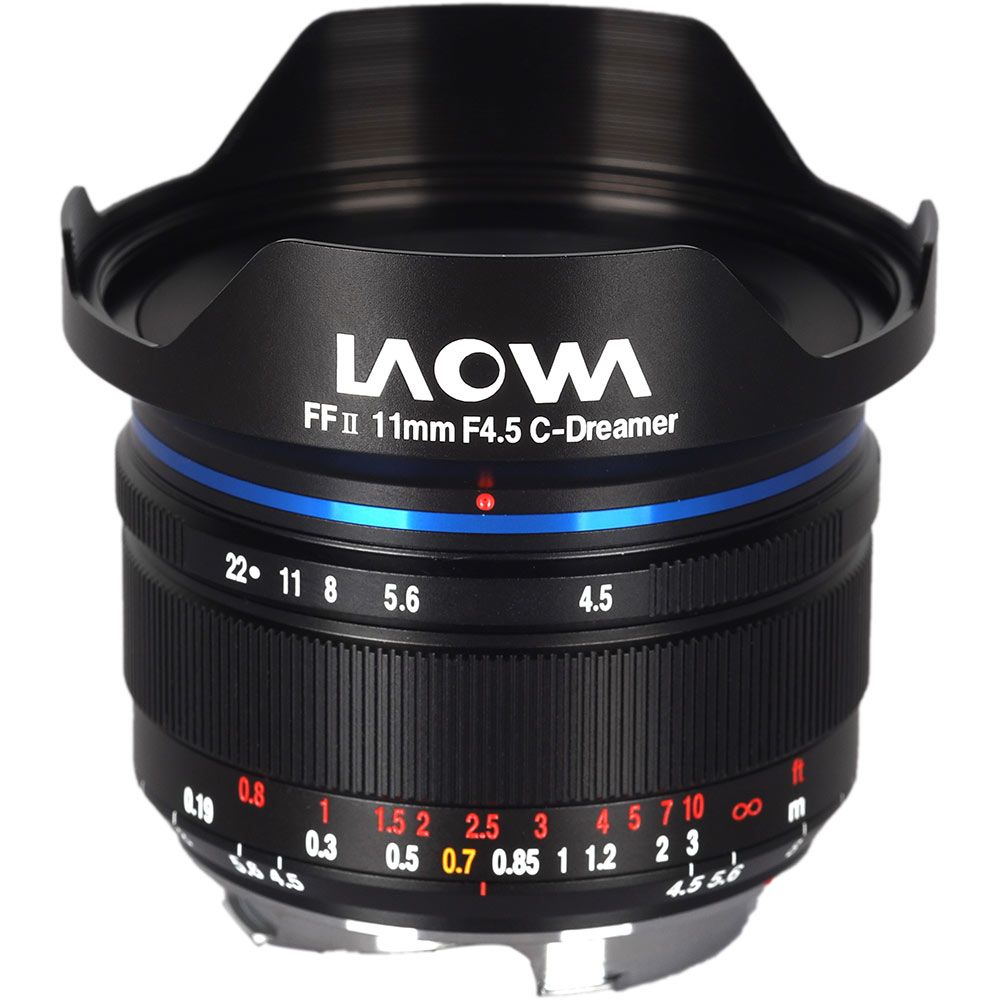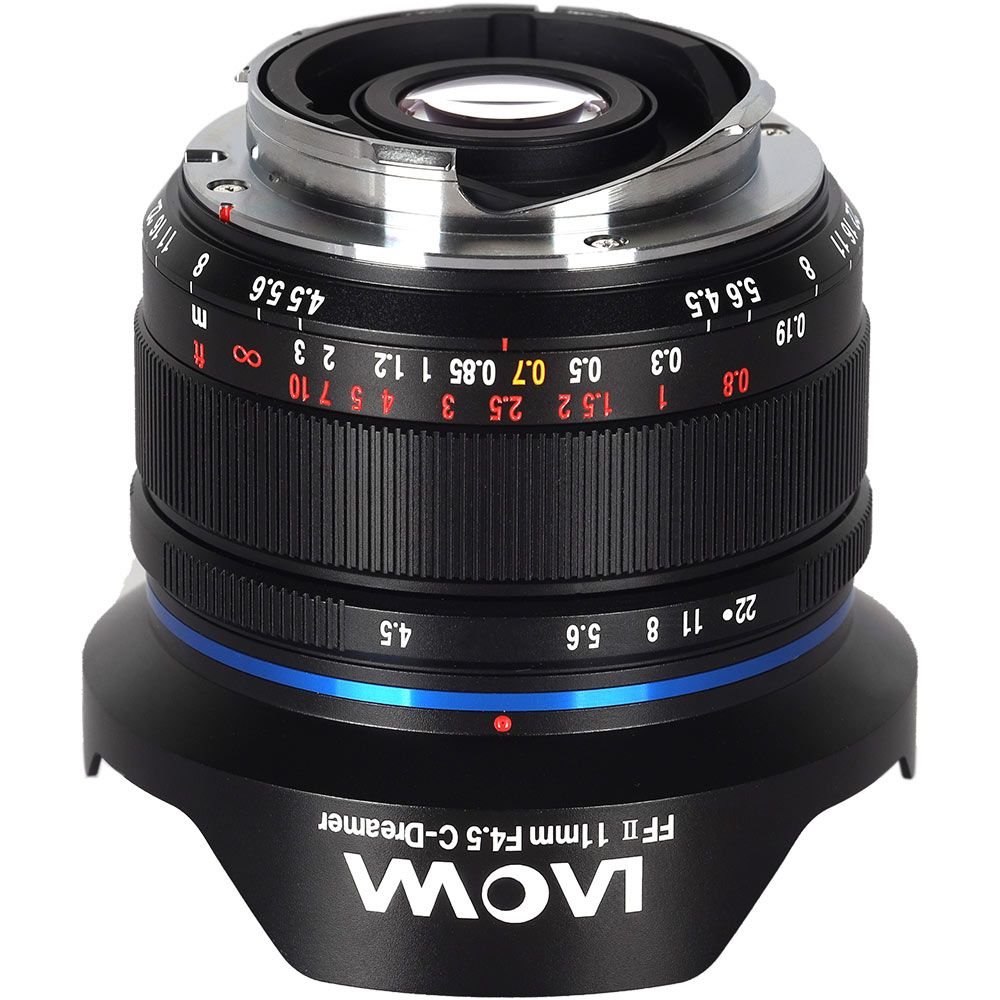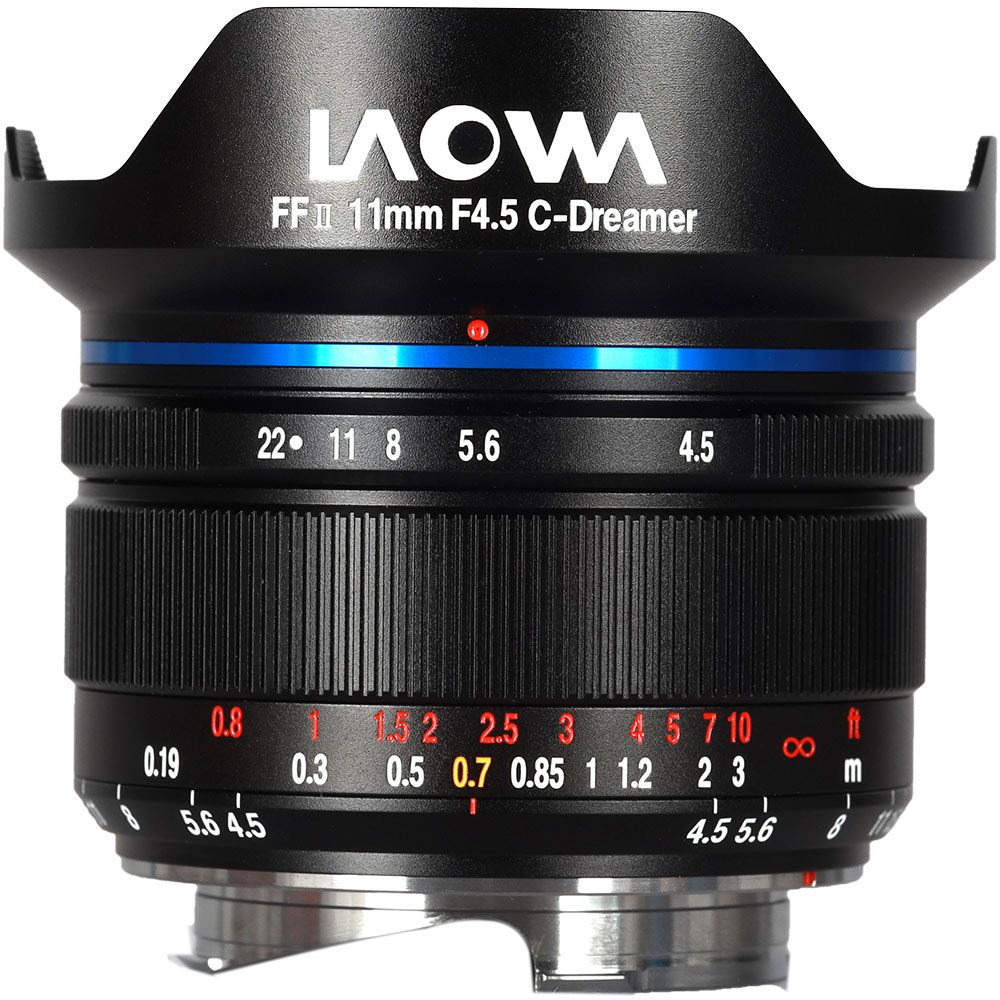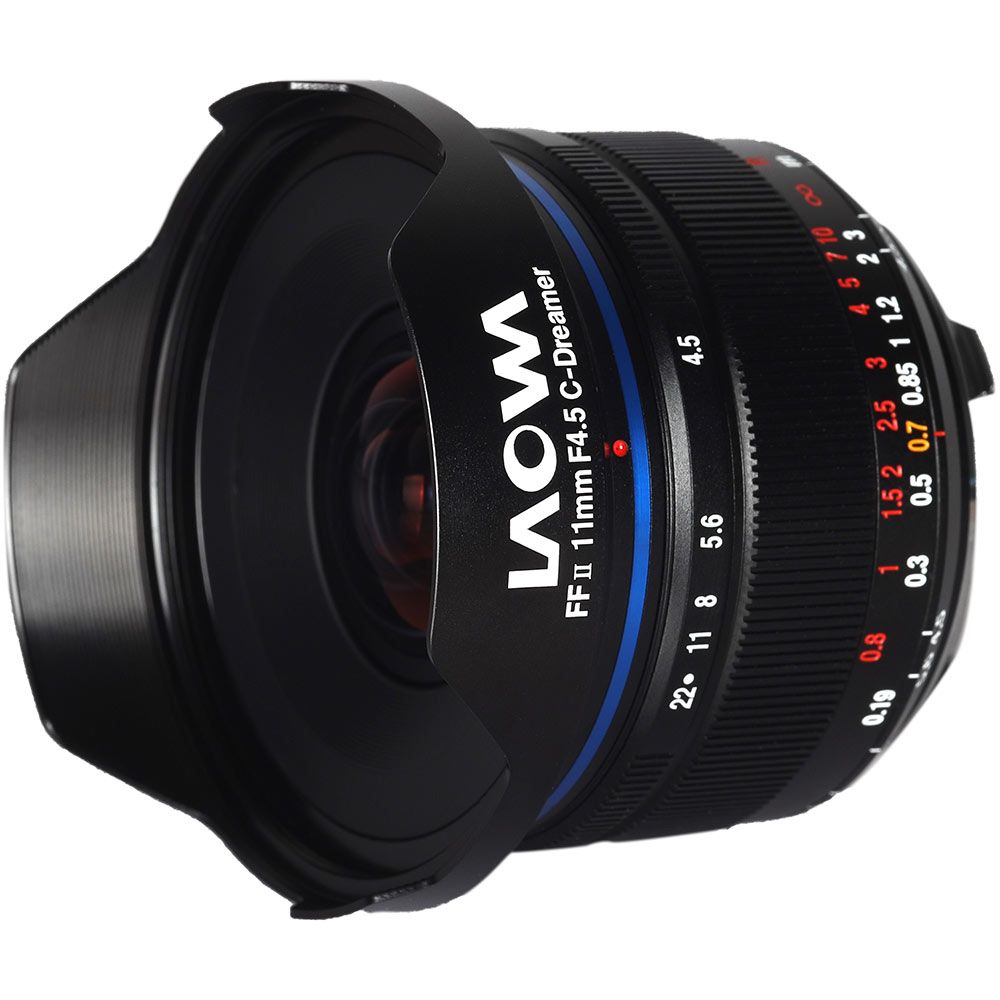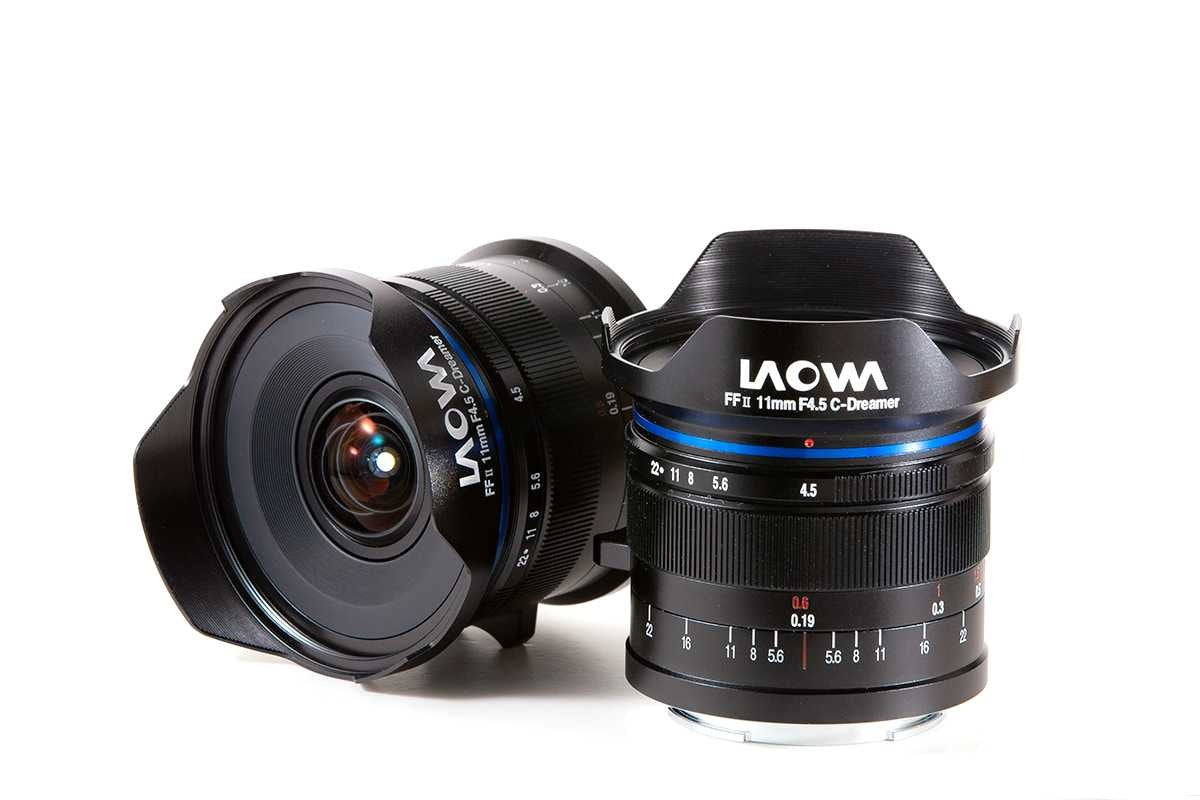Product Description
Laowa 11mm F4.5 FF RL Lens
- Laowa 11mm f4.5 FF RL Lens Highlights
- Remarkable 126° AoV for Full-Frame mirrorless cameras
- Stunning images with minimum distortion and chromatic aberrations
- Super compact and lightweight: just 254g
- Closest focusing distance of 19cm
- Equipped with 62mm filter thread
- Stunning 10-point Sunstars
- Accepts 62mm filters

A remarkable, ultra-wide lens, the Laowa 11mm f/4.5 FF RL - Nikon Z mount offering a coverage of 126° angle of view. Full-Frame Nikon Z mirrorless camera compatible, Z6 and Z7 currently. Diminutive size, without compromise. Features superior rectilinear optical performance, including 14 elements in 10 groups with 2 aspherical elements and 3 extra-low dispersion elements.

The latter guarantees sharpness and suppression of chromatic aberrations whilst keeping distortion to the minimum. The Laowa 11mm lens also boasts a short minimum focusing distance of just 19cm allowing creation of macro-like images.

Due to its unique design you can mount a 62mm screw-in filter or 100mm square filters (with the specially designed filter holder). Being ultra-wide this lens is perfect for a range of photography uses, landscape, travel or interior photography.

| Name | Laowa 11mm f/4.5 FF RL |
|---|---|
| Focal Length | 11mm |
| Max. Aperture | f/4.5 |
| Min. Aperture | f/22 |
| Angle of View | 126° |
| Format Compatibility | Full Frame |
| Lens Structure | 14 elements in 10 groups |
| Aperture Blades | 5 |
| Min. Focusing Distance | 7.4” (19cm) |
| Max. Magnification | 0.1 |
| Filter Solutions | 62mm filter |
| Dimensions | 63.5mm x 58mm |
| Weight | 254g(8.9 oz.) |
| Mounts | Leica M(black & sliver version) / Leica L / Sony FE / Nikon Z/ Canon RF |

